- Messages
- 12,305
- Name
- Garry Edwards
- Edit My Images
- No
Someone suggested that as many of us are going to be stuck indoors with far too little to do, for the foreseeable future, we may as well practice some photography that we can do indoors, with a minimum of equipment and that doesn’t involve other people.
So, let’s run a few simple projects that everyone can try, post your results here, learn from the experience and help other people to do the same. And anyone who’s half way decent can also show me up by producing something much better:
So, for the first of these lighting projects, let’s shoot something shiny. The principles are simple enough and everything is explained in this tutorial https://www.talkphotography.co.uk/tutorials/creating-diffused-specular-highlights.137/ but for this project we’re going to shoot something really shiny, a knife.
Everyone has a knife. In a perfect world the knife should be brand new and with no blemishes of any kind, but if you haven’t got a new one just root around in the kitchen drawer and shoot whatever you have.
This is the very basic setup if you use a softbox

You can manage without the product shooting table, studio stand and the flash meter, in fact if you don’t have a softbox you can bounce light off of any large white surface, or even from the ceiling – it’s just a fact of life that professionals often use tools that make the job quicker and easier, just because they happen to have them.
These shots show the product lit with just a single light, far left, with another light added, middle, and with yet another added, far right, just use whatever you happen to have available. I won't tell you where the other lights were placed, that's obvious from both the shadows and the highlights.

I did a shot lit with a silk, when Tesco sold it to me they thought it was a shower curtain but I didn’t want to replace my periodic table shower curtain with something as mundane as this stripy one and I used it as a lighting silk instead, this is what it looks like close-up

And this is what it looks like in situ

As you can see, there was a flash behind it, shining through. What the silk actually did was to put the pattern on the steel, making it look a bit like a Damascus steel knife – something to try if you feel like it.

The photo above has been cut out of the background and I don’t seem to have the original in a decent size.
Of course, we can all do clever things in PP, and you may (or may not) want your finished result to look a bit like this

But please don’t – the whole idea is to post images with zero PP work.
Obviously, as I’m bone idle, as well as contributing to this thread with your own images, it would be good if other people start their own threads, spaced out a bit so that members have time to contribute to them.
So, let’s run a few simple projects that everyone can try, post your results here, learn from the experience and help other people to do the same. And anyone who’s half way decent can also show me up by producing something much better:
So, for the first of these lighting projects, let’s shoot something shiny. The principles are simple enough and everything is explained in this tutorial https://www.talkphotography.co.uk/tutorials/creating-diffused-specular-highlights.137/ but for this project we’re going to shoot something really shiny, a knife.
Everyone has a knife. In a perfect world the knife should be brand new and with no blemishes of any kind, but if you haven’t got a new one just root around in the kitchen drawer and shoot whatever you have.
This is the very basic setup if you use a softbox

You can manage without the product shooting table, studio stand and the flash meter, in fact if you don’t have a softbox you can bounce light off of any large white surface, or even from the ceiling – it’s just a fact of life that professionals often use tools that make the job quicker and easier, just because they happen to have them.
These shots show the product lit with just a single light, far left, with another light added, middle, and with yet another added, far right, just use whatever you happen to have available. I won't tell you where the other lights were placed, that's obvious from both the shadows and the highlights.

I did a shot lit with a silk, when Tesco sold it to me they thought it was a shower curtain but I didn’t want to replace my periodic table shower curtain with something as mundane as this stripy one and I used it as a lighting silk instead, this is what it looks like close-up

And this is what it looks like in situ

As you can see, there was a flash behind it, shining through. What the silk actually did was to put the pattern on the steel, making it look a bit like a Damascus steel knife – something to try if you feel like it.

The photo above has been cut out of the background and I don’t seem to have the original in a decent size.
Of course, we can all do clever things in PP, and you may (or may not) want your finished result to look a bit like this

But please don’t – the whole idea is to post images with zero PP work.
Obviously, as I’m bone idle, as well as contributing to this thread with your own images, it would be good if other people start their own threads, spaced out a bit so that members have time to contribute to them.
Last edited:


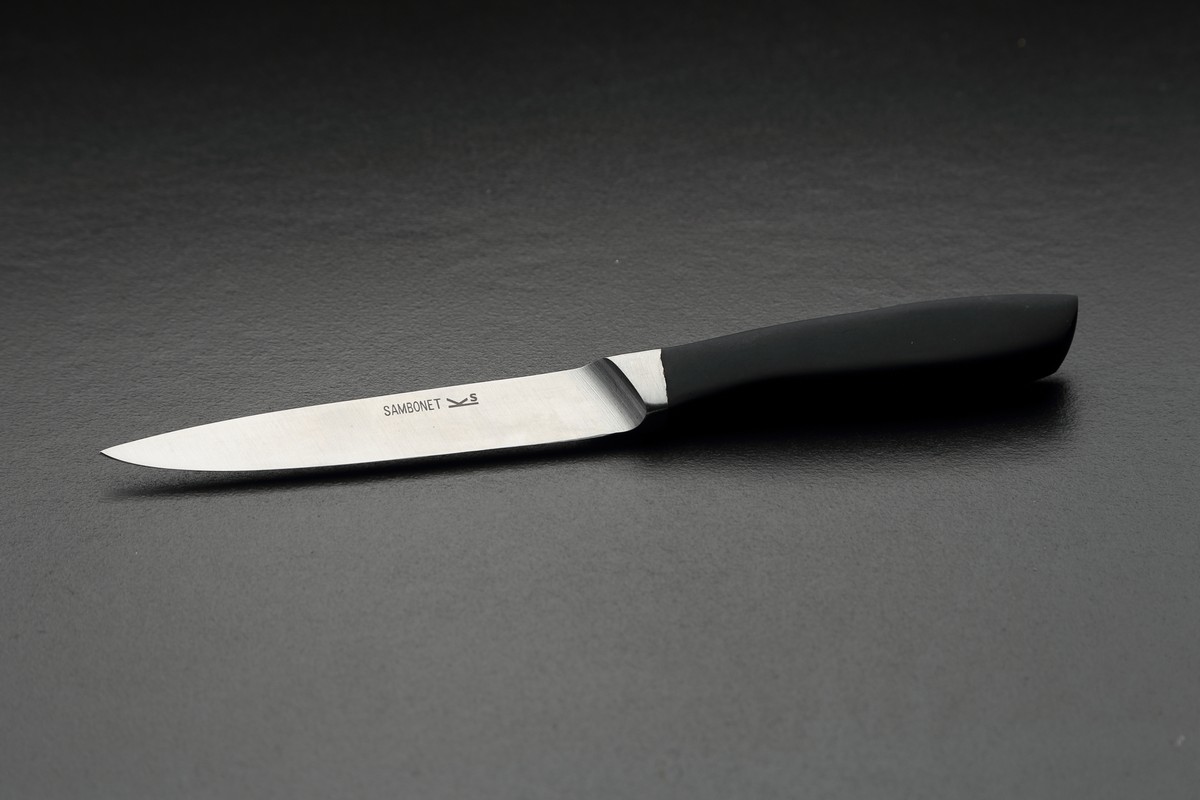
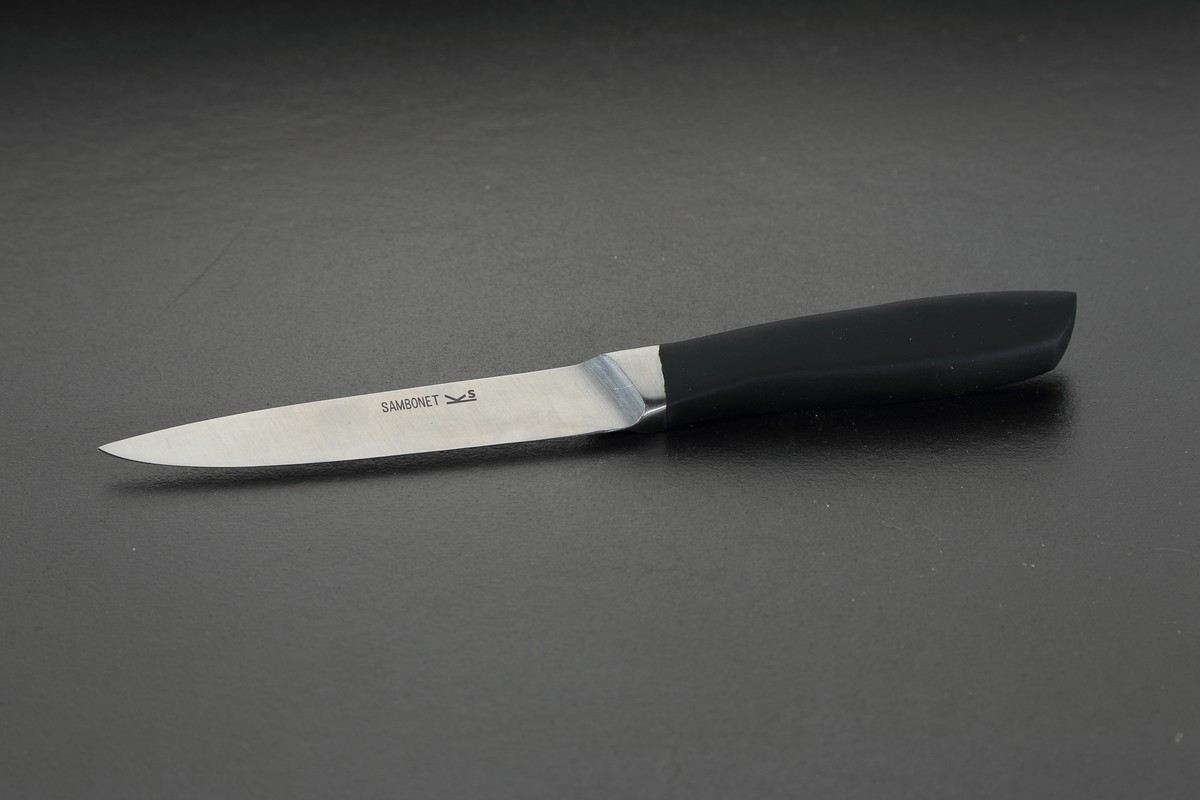
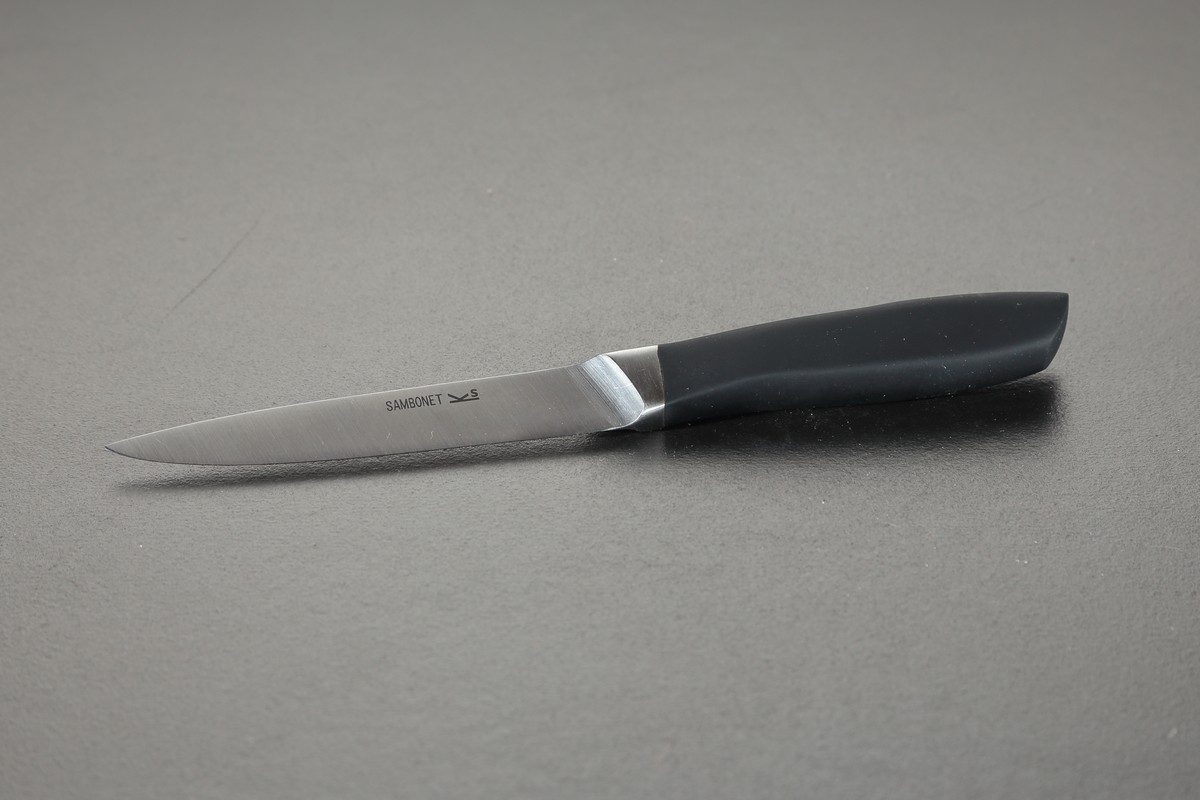
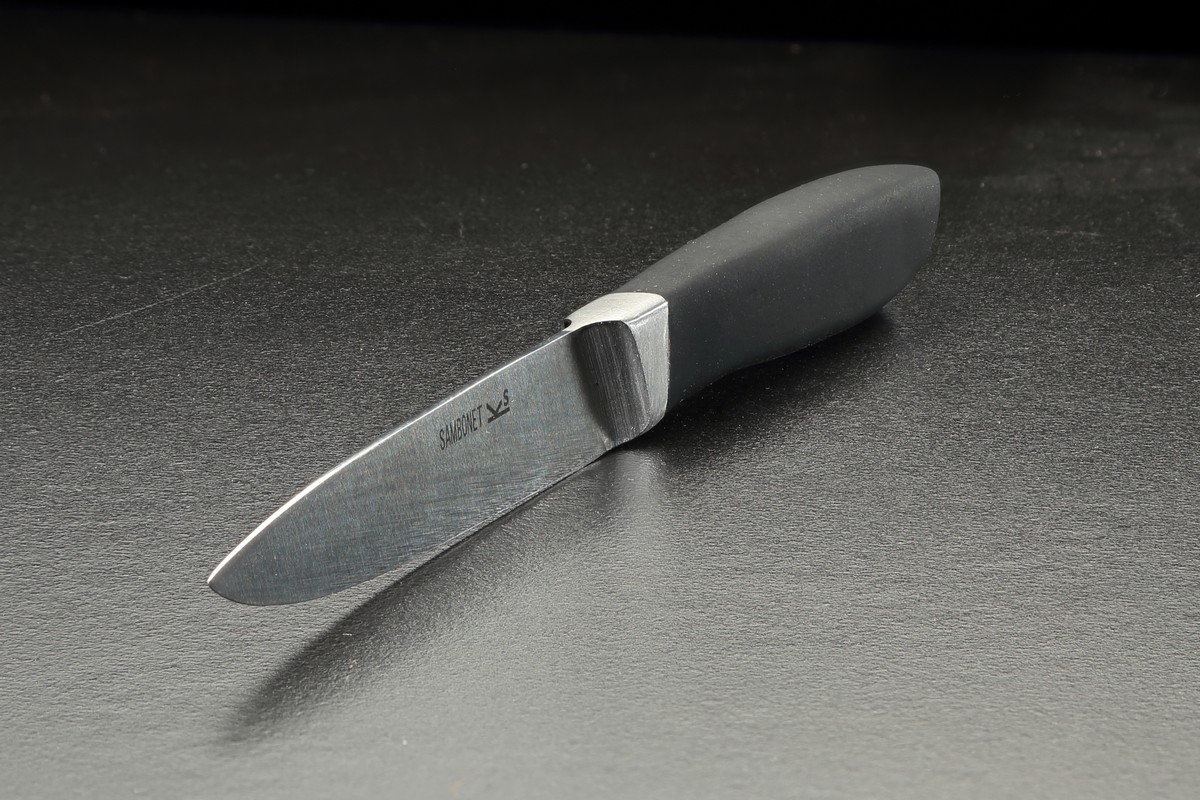
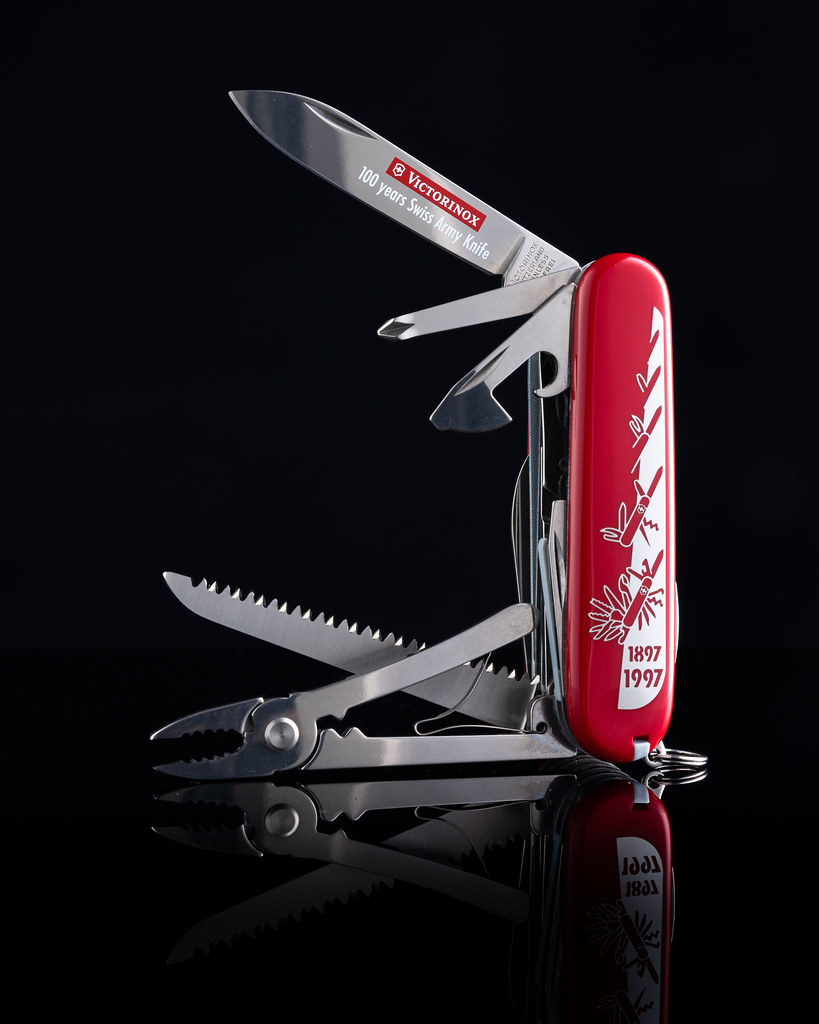 Swiss Army Knife
Swiss Army Knife





 untitled-2.jpg
untitled-2.jpg untitled-11.jpg
untitled-11.jpg untitled-12.jpg
untitled-12.jpg